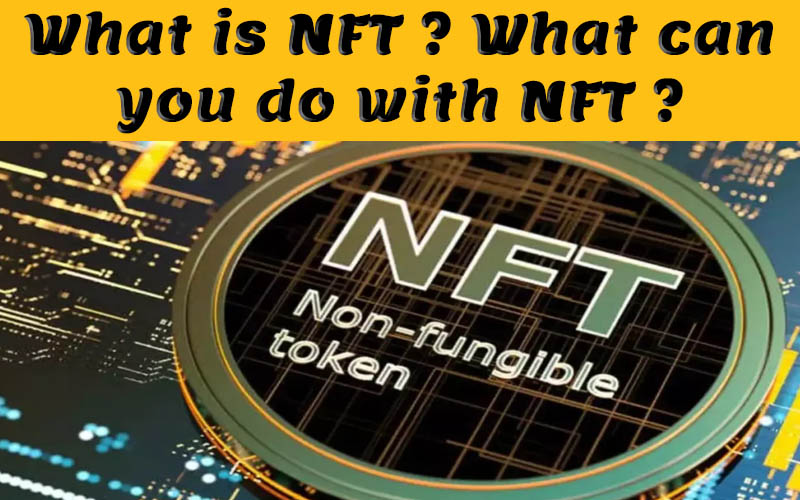Explore the debates around the National Childhood Vaccine Injury Act of 1986. Understand why vaccines are labeled ‘unavoidably unsafe’ and its impact on public health and industry.

The National Childhood Vaccine Injury Act of 1986 has recently been thrust back into the spotlight, sparking intense debates over vaccine safety. What’s got people talking is its label of vaccines as “unavoidably unsafe.” This contentious label, deeply rooted in legal and historical contexts, plays a pivotal role in shaping discussions around vaccine safety and liability. But before jumping to conclusions, it’s crucial to take a deep dive into the act’s background to truly grasp its significance and implications. Let’s peel back the layers and explore why this label stirs such emotions.
Read Also – 👉👉U.S. Treasury Yields and Trade Tariffs: Unveiling Global Economic Challenges👈👈
Background and Context
The Origins of the NCVIA
Back in the 1970s and 1980s, the DPT vaccine was at the center of swirling controversies. Parents raised alarms about potential side effects, leading to a surge in lawsuits against vaccine manufacturers. The financial blow was so heavy that, by 1985, there was only one manufacturer left standing in the U.S. producing pertussis vaccines. Congress found itself in a conundrum, needing a solution to keep vaccine production afloat without bankrupting the companies involved. The National Childhood Vaccine Injury Act (NCVIA) of 1986 was born out of this urgency, aiming to ease the financial pressures on vaccine producers by putting liability protections in place.
The ‘Unavoidably Unsafe’ Label
The term “unavoidably unsafe” isn’t just a throwaway line. It’s a legal designation from the Restatement (Second) of Torts. This law implies that certain products, despite being well-prepared and warned against, inherently carry risks. Vaccines ended up in this category because, even under the best circumstances, they can produce side effects. This labeling meant that the potential dangers are acknowledged, yet they are not enough to ban or halt their production, given their public health benefits.
Key Developments Shaping the Act
The NCVIA and Vaccine Liability
An essential part of the NCVIA was setting up the National Vaccine Injury Compensation Program (NVICP). This clever move marks a shift to a federal no-fault system, compensating individuals injured by vaccines without dragging manufacturers through courtrooms. While it provided stability by eliminating direct lawsuits, it did bring a fundamental change in how vaccine-related injuries are addressed, sparking conversations about fairness and accountability.
Supreme Court’s Stand
The 2011 Supreme Court case, *Bruesewitz v. Wyeth*, fortified the “unavoidably unsafe” stance. The Court ruled that manufacturers couldn’t be taken to task for design defects in vaccines. By interpreting the NCVIA in this way, they strengthened the law’s intention to shield manufacturers from crippling liabilities that could deter vaccine production.
Impact Analysis
Public Perception and Trust
Imagine hearing the term “unavoidably unsafe” attached to something injected into millions. It’s no surprise it stirs skepticism and worry about vaccine safety. Although vaccines play a crucial role in protecting public health, this label, coupled with liability protections, raises tensions between safety concerns and industry needs. So, it makes one wonder, are we doing enough to balance these interests?
Effects on Industry and Innovation
The shield provided to manufacturers has guaranteed a stable vaccine supply line. However, there’s an ongoing argument that this protection might slacken the pressure on companies to innovate and improve safety features continuously. Could this impact potential advancements in vaccine technology and public health outcomes?
Controversies and Differing Perspectives
Voices from Advocacy and Politics
In the advocacy realm, vocal figures like Robert F. Kennedy, Jr., argue that the NCVIA fuels misinformation on vaccine safety. On the flip side, some claim that political figures such as Senator Elizabeth Warren could better navigate federal vaccine policies. This clash between health advocates and political analysts highlights the sensitive balance between addressing public concern and adhering to scientific evidence.
Scientific and Health Sector Views
Public health institutions, like the American Academy of Pediatrics and the American Medical Association, affirm vaccines’ safety and essential nature. However, when vaccines are legally tagged “unavoidably unsafe,” it spins a complex tale of balancing public safety with the necessity of liability protection to maintain vaccine availability—battles that continue to ripple through public discourse.
Conclusion
Navigating the complexities of the National Childhood Vaccine Injury Act of 1986 requires more than skimming headlines—it demands understanding. This act stands as a cornerstone for organizing the convoluted discussions on vaccine safety. While the “unavoidably unsafe” label reflects a necessary legal and historical context, it illuminates the ongoing struggle to safeguard public health while fostering industry innovation. As future policies evolve, it’s crucial to ensure that the dialogue keeps pace with scientific findings, addressing the public’s valid concerns. By bridging this gap, we can safeguard the integrity of vaccines and their pivotal role in defending against diseases.
Frequently Asked Questions
What does the National Childhood Vaccine Injury Act of 1986 aim to achieve?
The NCVIA was designed to maintain vaccine supply and stability by shielding manufacturers from crippling liability costs, while compensating individuals through a no-fault system.
Why are vaccines labeled as “unavoidably unsafe”?
This legal label reflects that vaccines, like other complex products, come with inherent risks, even when properly prepared and administered, due to potential side effects.
How has the NCVIA impacted public trust in vaccines?
The characterization of vaccines as “unavoidably unsafe” has fueled skepticism and concern, impacting public perception and trust in vaccines despite their recognized health benefits.
What role did the Supreme Court play concerning the NCVIA?
In 2011, the Supreme Court ruling in *Bruesewitz v. Wyeth* reinforced the act by stipulating that vaccine manufacturers couldn’t be held liable for design defects, upholding the “unavoidably unsafe” categorization.
How might the NCVIA influence future vaccine innovations?
Some argue that the NCVIA’s liability protections could reduce incentives for manufacturers to innovate, potentially impacting new vaccine development and safety improvements.
Related Videos
Read Also –
The information provided in this article is intended for educational purposes. It does not replace professional medical advice, diagnosis, or treatment. Always consult a healthcare professional for medical advice.
Hey! I hope you enjoyed reading this! If you did, could you do me a small favor and hit the like button? It would mean a lot to me and help me reach more people. Thank you so much! Got any thoughts on this post? Drop them in the comments below!
How many stars would you give for my effort?




